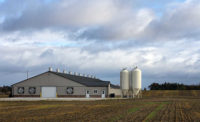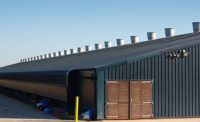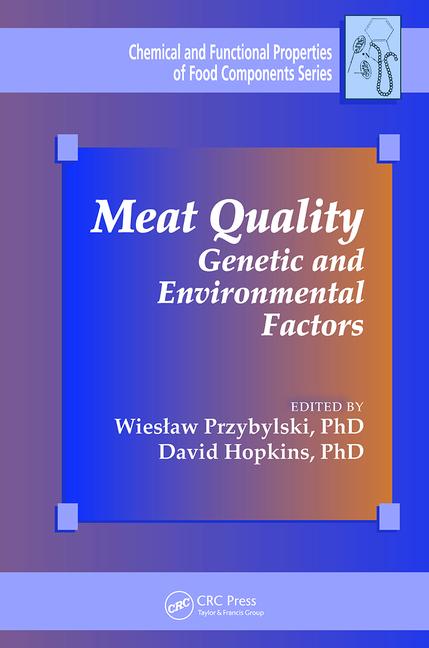USPOULTRY strives to serve
USPOULTRY works with the EPA as the EPA reviews and likely revises Effluent Limitation Guidelines.

Whether it is through providing more than a total of $35 million dollars in research funding over its history, providing technical assistance and educational opportunities associated with worker safety, environmental protection and food safety, or communicating the support mechanisms internally to its members and externally to the public, the U. S. Poultry & Egg Association continually strives to serve an industry that is essential in providing the world with a sustainable source of protein.
One such undertaking to serve the industry is an ongoing effort to work with the Environmental Protection Agency as they review and likely revise the limits on the amount of various constituents that wastewater treatment plants, operating at meat and poultry processing plants, can discharge within their wastewater effluent. These limits, known as Effluent Limitation Guidelines (ELGs), are national regulatory standards for wastewater discharged to surface waters and municipal sewage treatment plants. ELGs are established for different industrial categories, and they are based on different control technologies and the level of performance those control technologies can achieve. The Clean Water Act requires the Environmental Protection Agency to review ELGs annually and, if appropriate, revise the effluent guidelines.
In September of 2021, EPA announced they had completed a detailed study of the meat and poultry industries and indicated the EPA would proceed with a rulemaking to revise the ELGs for these facilities. The announcement indicated that the meat and poultry industries discharge the highest phosphorus levels and the second-highest levels of nitrogen when compared to all other industries. Furthermore it inferred that the violations of permit limits for total suspended solids, biochemical oxygen demand, oil and grease, chloride, total residual chlorine, coliform bacteria and metals — constituents common to virtually every discharge source including domestic waste — at 146 publicly owned wastewater treatment plants (POTW) were caused by the meat and poultry industry simply because a facility that falls into the meat and poultry industrial category discharged wastewater to the POTW under review.
Recognizing EPA was likely to revise the ELGs before the September 2021 announcement was issued, USPOULTRY initiated conversations with EPA in advance of the public notice. Discussions centered on industry’s willingness to work with EPA to understand the high level of treatment that already exists at poultry wastewater treatment plants. Several in-person and virtual meetings were held with EPA personnel to discuss the general structure of the industry and wastewater treatment technologies currently employed. Additionally, USPOULTRY performed a review of industry survey questions EPA eventually issued to collect industry data, helped to coordinate EPA wastewater treatment plant site visits, and educated EPA on the relationships that poultry wastewater treatment facilities have with POTWs around the country.
Expected to be issued in mid-December, USPOULTRY will further serve the poultry and egg industry by developing and submitting detailed comments to the regulatory docket. USPOULTRY will perform a comprehensive review of EPA's economic, engineering and legal justification for revising the ELGs. This is all in an effort to achieve our mission to progressively serve our poultry and egg members through research, education, communications and technical services. For those with any questions related to EPA’s revision to the ELGs for the meat and poultry products industry, contact Paul Bredwell at pbredwell@uspoultry.org.
Looking for a reprint of this article?
From high-res PDFs to custom plaques, order your copy today!









